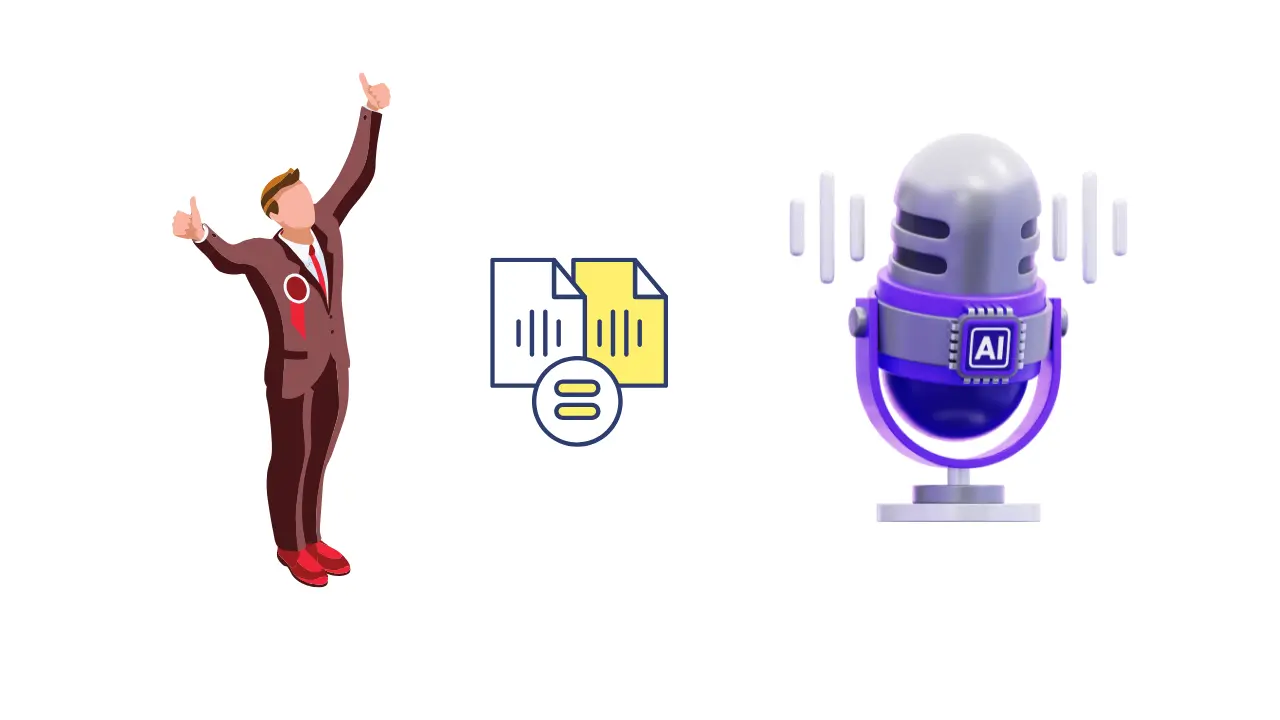This technology coming will make the technology which we have currently look like a child’s play. Science is challenging everything known in order to face humanity’s major issues, starting with artificial intelligence which could change scientific discoveries to revolutionizing organ transplant. Let’s explore the top emerging technologies. Below are some of the top 9 technologies which are bound to make history as well as the problems that raise questions about ethical issues.

9. Alternative Livestock Feeds: From Waste to Nourishment
With global population growth putting a strain on food systems, scientists are turning to some rather unlikely sources for livestock feed. Every year globally, we produce over 1.3 billion tons of food waste. It could help both with food scarcity and waste management. One method is to use black soldier fly larvae to break down food waste.Animal feed can be produced from these insects, which are high in protein. In the trials, growth rates were comparable for the insect-based diets to the conventionally fed birds. Other promising feedstocks include single-cell proteins produced from bacteria, yeast, or algae, which can be cultured on industrial byproducts. Scale-up and consistency issues along with regulatory hurdles remain to be overcome. Consumers may be skeptical about meat coming from animals raised on such novel diets. But they open a way to much more sustainable animal agriculture.
8. Carbon Capturing Microbes: Engineered Microbes in the Battle Against Climate Change
Scientists have genetically modified various forms of bacteria and algae so they can feed on more CO2, producing valuable chemicals or energy in the form of fuels or bioplastics. Ethanol is already produced efficiently from CO2 by engineered versions of a microbe known as Cacaus elongatus. Were that to happen on this planet, trillions of grams of CO2 would be sucked out of the air annually, substantially lowering atmospheric CO2. Still, these engineered organisms are most definitely unstable and unsafe for environments open to the general public. Potential ecological disruptions along with the energy requirements at the industrial scale for maintaining such ideal conditions provide formidable hurdles.
7. The Innovative New Method of Heating and Cooling using Elastocaloric
Elastocaloric materials might be used to transform how we warm and cool our world. When extended or compressed, elastocaloric materials alter temperature. After relaxation, they regain their initial temperature by siphoning off heat in the process. Elastocaloric systems would be between 20 and 30 percent more efficient than the common vapor compression system used in most refrigerators and air conditioners. Since cooling is estimated to represent about 10% of global electricity consumption, the difference makes all the difference. In addition, these systems do not need harmful refrigerants such as hydrofluorocarbons (HFCs), which are powerful greenhouse gases. Still, the currently available elastocaloric materials, mainly nickel-titanium alloys, are costly and degrade with time. Scientists are now researching more abundant and environmentally friendly alternatives such as natural rubber, but they are still in their infancy.
6. Technology Immersion in the Built Environment
Immersion technology is altering how we create, build, and engage with our environment by fusing the digital and physical realms. Digital twins are being used by Helsinki to model and optimize everything from energy use to traffic flow, allowing planners to test possibilities before putting them into practice during development. Building processes are being revolutionized by augmented reality, or AR; with AR glasses, employees may view 3D designs superimposed on real-world spaces. As a result, errors are reduced by 90%. Because of the increased connectivity and data-driven nature of our built surroundings, privacy concerns are raised. Furthermore, because access to these technologies is not always equal, it raises the possibility of a wider digital gap.
5. Communication and Sensing Integrated (ISAC)
ISAC technology can make our wireless infrastructure a gigantic sensing system. ISAC makes use of radio waves to not only transmit data but also to sense the environment, thus creating maps of surroundings, detecting movement, and even monitoring air quality. Applications range from smart cities with real-time traffic monitoring to non-invasive patient monitoring in healthcare. For autonomous vehicles, it could provide an additional layer of environmental awareness. Initial tests indicate that ISAC could increase network capacity by as much as 50%. However, it does raise significant privacy concerns, as a system that can detect movement through walls easily lends itself to misuse for surveillance purposes.
4. Elevating the Internet to New Horizons with High Altitude Platform Stations
The flying cell towers known as High Altitude Platform Stations, or HAPS for short, are situated about 20 kilometers above the ground. HAPS will reach places with traditional infrastructure being infeasible or impossible. As of 2023, there are still over 2.6 billion people in 100 countries who do not have internet connectivity. HAPS can offer educational resources, telemedicine, and more economic opportunities to communities cut off before. HAPS can respond quickly to natural disasters with communication where it is most needed, and they are cheaper compared to constructing a traditional cell tower in remote areas. Keeping these platforms aloft over long periods of time needs advanced materials and energy systems, while navigating complex airspace regulations in international territories continues to pose an ongoing problem.
3. Reconfigurable Intelligent Surfaces: Smart Panels to Boost Connectivity
Reconfigurable intelligent surfaces (RIS) – The smart panels that can, at will, change their electromagnetic properties: reflect signals to areas with weak coverage, strengthen signals, and eliminate interference zones. Preliminary analysis has shown that RIS technology might increase network capacity to as much as 10-fold, while saving energy and thus reducing heat in dense cityscapes. RIS can significantly improve connectivity while saving on base stations. Besides improving the strength of mobile phone signals, RIS may be able to achieve indoor positioning at centimeter resolution. The industry will thus benefit in health and manufacturing. It is technically difficult and may be expensive to construct surfaces that can effectively control signals across a wide frequency range. Wireless signals have also been raised as a privacy danger since they could be altered for targeted surveillance.
2. Privacy-Enhancing Technologies:

PETs stand for privacy-enhancing technologies that protect personal information in this data-driven culture.The development of pseudodata and advanced encryption techniques are two examples. Homomorphic encryption offers the possibility of changing completely the nature of an industry like healthcare and facilitating access to sensitive medical data for analytical purposes without violating the patient’s privacy. Without centralizing data, federated learning allows AI models to be trained on dispersed data sets. Businesses such as Google are already using PETs to enhance keyboard predictions without accessing customers’ private communications, and they could open up new avenues for collaboration and data sharing. Many of these technologies, however, require a lot of processing power, which could increase expenses or result in system slowness.
1. AI for Scientific Research:

This technology has radically changed how we explore and understand our environment. AI-designed drugs reached the first human clinical trials in 2023, constructed within only 12 months at less than a fifth of what it would take through conventional approaches. This is opening the possibility of potentially treating conditions that have thus far been deemed economically unsolvable. Materials science: Predictions from AI allow scientists to foretell the properties of new compounds even before synthesis. One AI system just discovered a new material to make solar cells more efficient than ever before, accelerating perhaps our transition to renewable energy.
Even in theoretical physics, AI is making a breakthrough; in 2023, an AI model solved a decades-old problem in nuclear fusion that no human scientist had found optimal magnetic field configurations for. AI has the ability to find patterns in enormous data sets that are impossible for human researchers to find, which can result in novel theories in a variety of disciplines, including neuroscience and astronomy. However, concerns over the black-box nature of some AI systems raise questions over reproducibility and scientific understanding. There is also a risk that AI will be perpetuating biases present in training data, potentially skewing research. It is important to guarantee equitable access to these technologies to avoid a scientific chasm between those who may have access to advanced AI systems and those who do not. We must enter into this AI-driven scientific frontier with all its immense promises but tempered with caution about implications.
Conclusion
The way we choose to create and use these top ten technologies of 2024 will determine their actual impact, but they promise to change the world. Follow us for more information on Tech Education.





